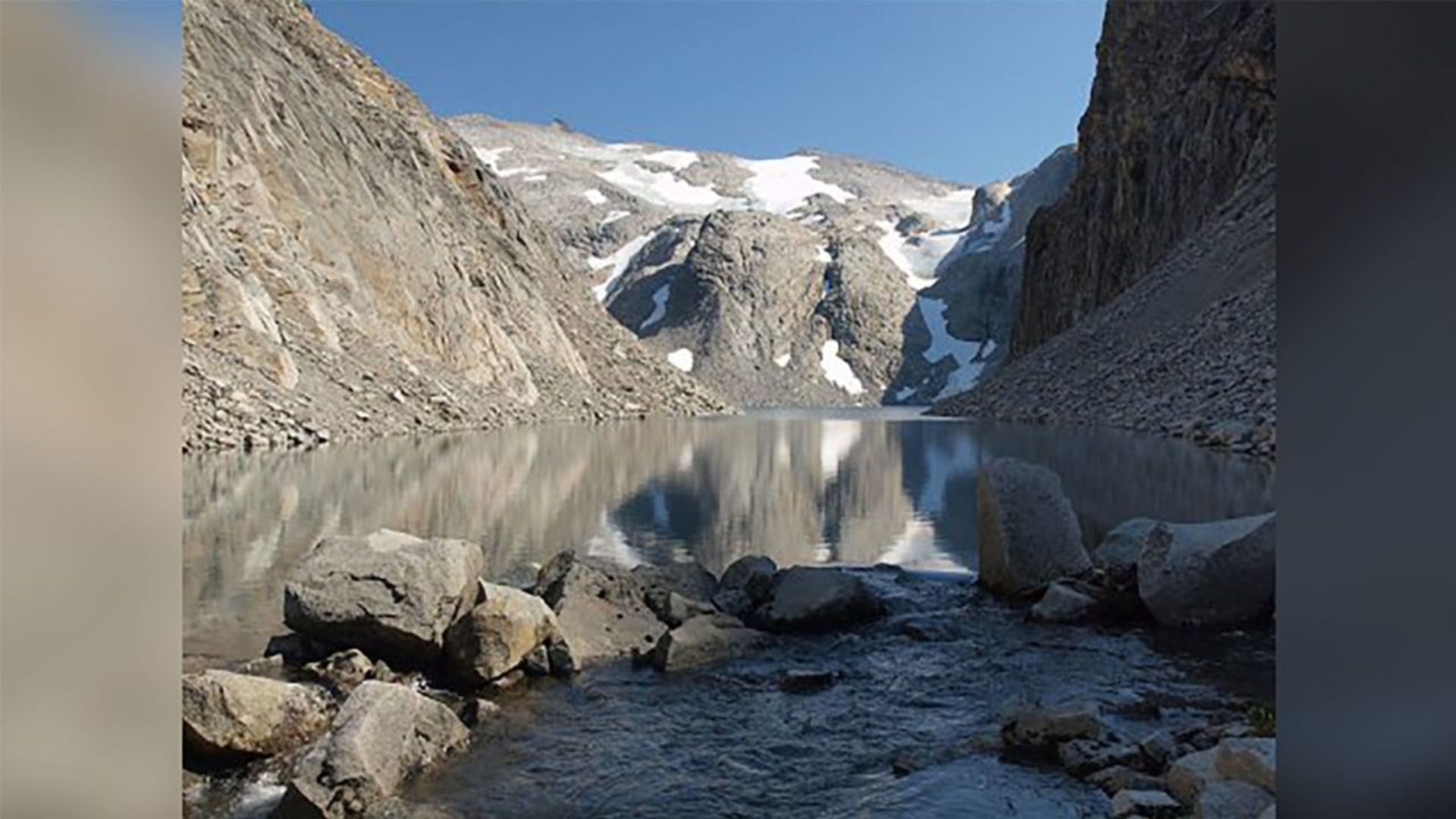Hinman Glacier seen in 1988 with four separate ice masses.
According to a researcher who has tracked the glacier for years, a significant glacier in Washington State that was tucked between the snowy ranges of Mount Rainier and Glacier Peak has vanished after existing full of ice and snowpack for millennia.
According to Mauri Pelto, a glaciologist at Nichols College, the climate crisis dealt the Hinman Glacier, the largest in the area, its final blow in this section of the Washington Cascades east of Seattle. The Northern Cascades are not the only mountains losing ice. Even if the ambitious global climate targets set forth by the international community, which include the phase-out of fossil fuels, are achieved, up to half of the world's glaciers may disappear by the end of the century, according to recent research.
To paint a picture of Hinman`s retreat, experts say an unofficially named “Hinman Lake” has replaced the former glacier, which contains traces of relict ice masses. As the lake filled with glacier melt, it became harder for hikers to traverse this part of the mountain range.
Pelto told CNN he has been visiting and observing Mount Hinman for 40 years. And in the summer of 2022, as temperatures soared and an unrelenting dry spell gripped the Northwest, Pelto led a team up the mountain only to see Hinman`s demise. "This was the biggest glacier in this part of the mountain range—it was exceptional,” Pelto told CNN.
Hinman provided a significant amount of cool glacier runoff to the Skykomish River during the warmest and driest periods.
According to experts, the decline in summer streamflow from glaciers and warming freshwater reduces not only the salmons' quality of life but also that of people who rely on the river.

Hinman Glacier in 2009 with the newly formed "Hinman Lake" beneath the melting ice.
The primary glaciers that feed the Skykomish River basin have lost approximately 55% of their surface area since the 1950s.
Last year, Pelto and his colleagues determined that the area of the Columbia Glacier had shrunk by 25%, Foss by 70%, Lynch by 40%, and Hinman by 95%.
In order to fully understand the changes, David Shean, a professor of civil and environmental engineering at the University of Washington who specializes in glaciers, said he and colleagues with the US Geological Survey have been working to quantify the changes. This includes using direct measurements of the ice's volume and mass change over time.
According to him, glaciers can create stagnant ice patches in alcoves as they thin and retreat, which are more resistant to high temperatures. But one essential requirement for an ice mass to be classified as a "glacier" is that it must frequently be too thin to flow downward.
Shean noted that not all of the lingering ice in those alcoves has yet vanished. But he also said, “it may no longer technically qualify as a ‘glacier’ because it’s not flowing, and the residual ice will likely disappear completely in the coming decade or more.”
The previous Ice Age produced a large number of glaciers. Furthermore, Pelto discovered strong evidence that the Hinman Glacier was older than the Mount Mazama eruption, which formed Oregon's Crater Lake 7,000 years ago. Glacierologists, including Pelto, are unsure of exactly when the Hinman Glacier was formed.
Pelto decided he wanted to document the Hinman glacier's decline beyond science and involve artists, including his daughter Jill, who can depict the altering landscape through painting, in 2005 after he first noticed the glacier's decline.
According to Pelto, "I really believe that the disappearance of [glaciers] from the landscape does touch people's emotions, and art does that better than scientific data." So I've made an effort to invite artists outside each summer.
Source: CNN